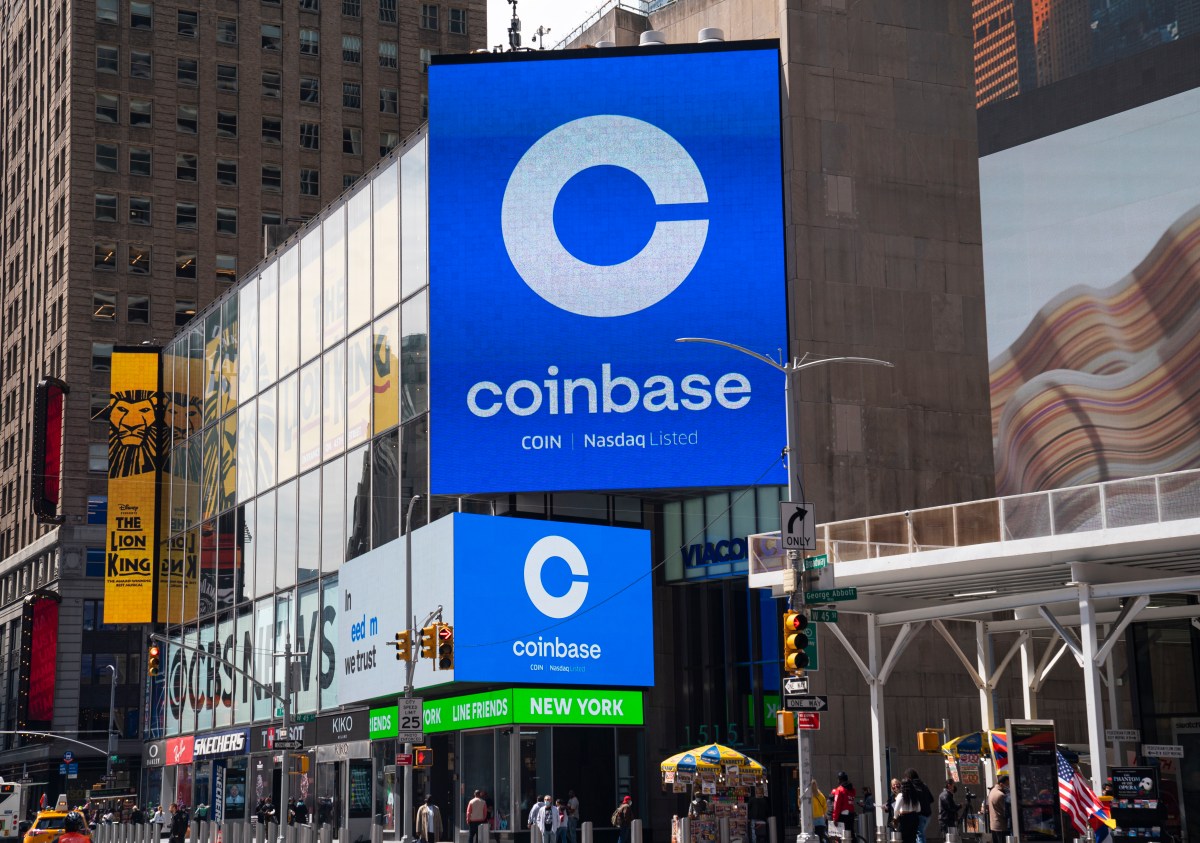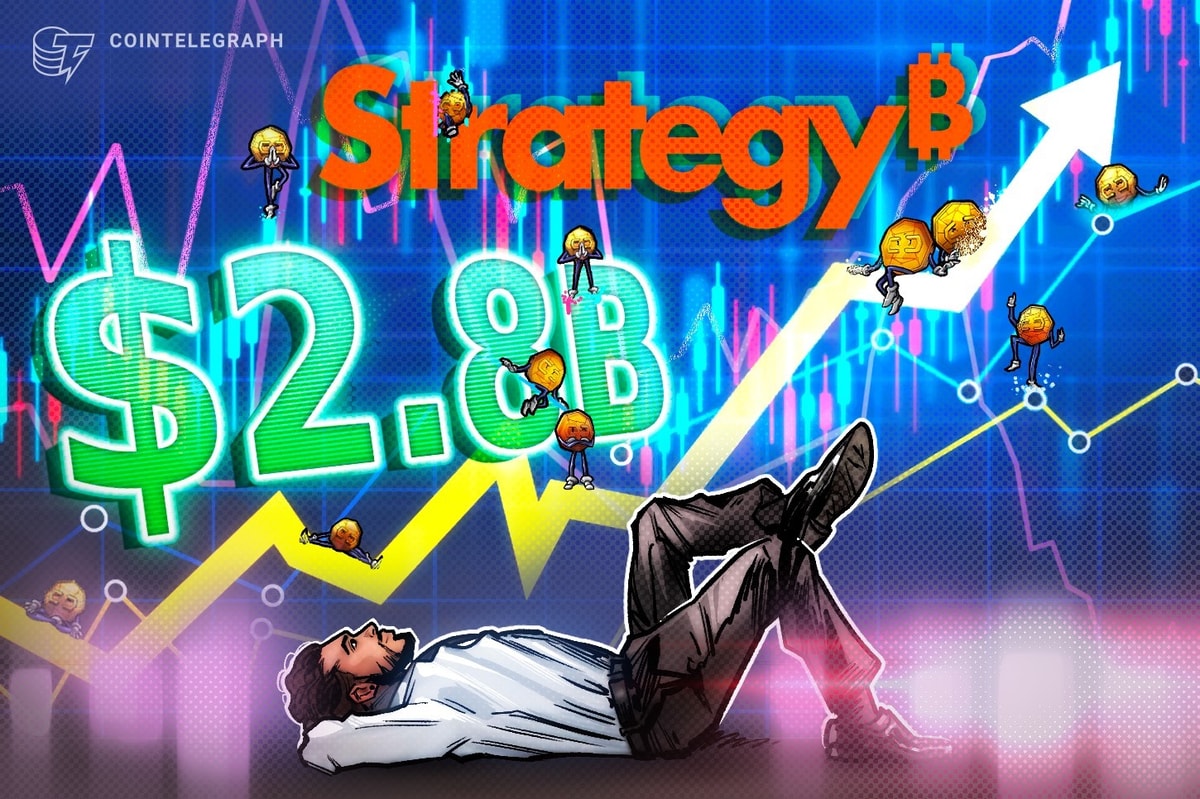For most economists and financial commentators, the heart of economic growth is the demand for goods and services. It is also held that the economy’s total output, as depicted by such measures as gross domestic product (GDP), increases by a multiple of the increase in the demand.
Let us say that, out of an additional dollar received, individuals spend $0.90 and save $0.10. Now, let us also assume that consumers have increased their expenditure by $100 million. As a result of this increase, retailers’ revenue increased by $100 million. Retailers, in response to the increase in their income, consume 90 percent of the $100 million (i.e., they raise expenditure on goods by $90 million). The recipients of the $90 million spend, in turn, 90 percent of the $90 million (i.e., $81 million). Then the recipients of the $81 million spend 90 percent of this sum, which is $72.9 million, and so on. Note that the key feature here is that the expenditure by one person becomes the income of another person.
At each stage in the spending chain, individuals spend 90 percent of the additional income they receive. This process eventually ends, with total GDP increased by $1 billion (10 x $100 million), by a multiple of 10. The larger the multiplier, the more is being spent out of additional income, and therefore, the impact of the initial spending on the overall output is larger.
For instance, if individuals change their habits and spend 95 percent out of each dollar the multiplier will become 20. If they decide to spend only 80 percent and save 20 percent then the multiplier will be 5. This means that the less saved, the larger the positive impact on overall output per increase in overall demand. The popularizer of the multiplier, John Maynard Keynes, wrote,
If the Treasury were to fill old bottles with banknotes, bury them at suitable depths in disused coal mines which are then filled up to the surface with town rubbish, and leave it to private enterprise on well-tried principles of laissez-faire to dig the notes up again (the right to do so being obtained, of course by tendering for leases of the note-bearing territory), there need be no more unemployment and with the help of the repercussions, the real income of the community, and its capital wealth also, would probably become a good deal greater than it actually is.
Following this logic, it is not surprising that some economists are of the view that—by means of fiscal and monetary stimulus—it is possible to prevent an economy falling into a recession. On this, the former Federal Reserve Chairman, Ben Bernanke, had even suggested that there is good evidence that cash that goes to low- and moderate-income individuals is more likely to be spent in the near term. Hence, from this perspective, it is more beneficial for economic growth.
Does the multiplier model comply with reality?
Is more savings bad for economic growth, as the multiplier model indicates? Economic growth comes, not from spending, but from production, exchange, and saving. Economic growth cannot take place if all output is consumed, therefore, saving is necessary for any economic growth.
Saving can be channeled toward capital investment. With better tools and machinery in the structure of production, a greater output and better quality of goods can be produced some time in the future. Savings sustain individuals while they are busy making capital goods. Once capital goods are made, this permits an increase in the overall production of consumer goods. As the flow of production expands, all other things being equal, this makes it possible for more saving, which enables a further increase in capital investment. This, in turn, makes it possible to further increase the production of consumer goods. Contrary to popular thinking, increased saving expands—rather than contracts—the production flow of consumer goods.
Increases in production are dependent on the enhancement and the expansion of the capital structure. Increases in savings permit the expansion and the enhancement of the infrastructure. It follows, then, that production is not constrained by the consumers’ demand but by savings. Consequently, without increases in savings, no increase in output is possible.
Let us examine the effect of an increase in the government’s demand on an economy’s overall output. The government is not a wealth producer. It is dependent on the wealth generators. Can an increase in the government’s demand give rise to more output? On the contrary, it will impoverish producers. Producers will be forced to part with their products in an exchange for non-wealth. This, in turn, will weaken the flow of production.
Not only does the increase in government outlays not raise the overall output by a positive multiple, it leads to the weakening in the process of wealth generation in general. According to Mises,
…there is need to emphasize the truism that a government can spend or invest only what it takes away from its citizens and that its additional spending and investment curtails the citizens’ spending and investment to the full extent of its quantity.
Furthermore, according to Mises,
An essential point in the social philosophy of interventionism is the existence of an inexhaustible fund, which can be squeezed forever. The whole system of interventionism collapses when this fountain is drained off: The Santa Claus principle liquidates itself.
Money and the Keynesian Multiplier
Paraphrasing Jean Baptiste Say, Mises held that,
Commodities, says Say, are ultimately paid for not by money, but by other commodities. Money is merely the commonly used medium of exchange; it plays only an intermediary role. What the seller wants ultimately to receive in exchange for the commodities sold is other commodities.
When an individual increases his spending by $100, all it means is that he has lowered his demand for money by $100. This also means that the seller’s demand for money has increased by $100 relative to the good or service he sells in exchange. All this, however, doesn’t give rise to an overall increase in output, as suggested by popular thinking.
Likewise, if the seller now spends 90 percent of $100, all that we will have here is a situation wherein his demand for money has fallen by $90. Somebody else’s demand for money has risen by $90. All other things being equal, if individuals have increased their expenditure on some goods, then they will be forced to spend less on other goods. Only if the amount of money in the economy increases, all other things being equal, will spending in money terms follow suit. However, in this case, the increase is because of the artificial increase in money supply.
The stimulated increase in the monetary expenditure because of an inflationary increase in money supply cannot, however, generate expansion output the way many think. All it will cause is a reshuffling of the existing savings and production. It will enrich the early receivers of the new money at the expense of the later receivers (or non-receivers). Obviously, then, an expansionary monetary policy, which is aimed at boosting the economy’s demand, cannot increase the overall output by a multiple of the initial increase.
Conclusion
John Maynard Keynes’s ideas remain the driving force of economic policymakers at the Fed and government institutions. The heart of the Keynesian philosophy is that what drives the economy is the demand for goods and services and spending. Economic recessions are predominantly the result of insufficient demand. In the Keynesian framework, an increase in the total demand raises the output by a multiple of the initial increase in the demand.
In the real world, an artificial boost in the total demand that is not preceded by production and saving leads to the depletion of savings and distortion of production. And, contrary to the popular view, this causes a shrinkage in wealth, production, and consumption. In other words, it results in economic impoverishment.



























